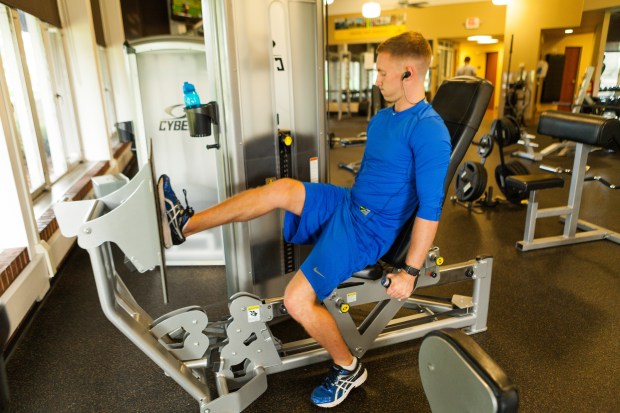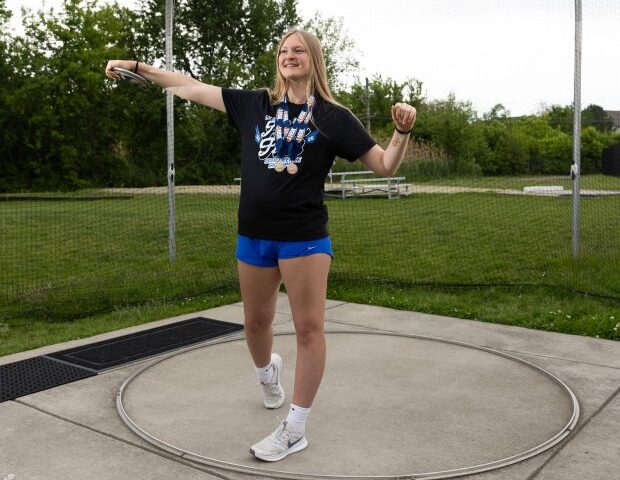The first and most important step for sticking to fitness-based New Year’s resolutions is to set clear and achievable goals, Peixing Jiang, program director of exercise science and associate professor of exercise science with Valparaiso University’s College of Nursing and Health Professions, said in a release.
“Define your purpose for exercising, whether it’s improving health, losing weight, gaining strength, or reducing stress,” Jiang said. “Start small with achievable goals, such as working out for 20-30 minutes, two to three times per week.”
Proper technique is essential to avoid injury and maximize the benefits of a workout. Jiang recommends working with a personal trainer, attending a beginner class, or using instructional videos and mirrors to ensure exercises are being performed correctly, according to the release.
A proper warm-up, consisting of 5-10 minutes of dynamic stretching or light cardio, will help prepare the body for exercise, while another 5-10 minutes of cool-down after the workout will improve flexibility and reduce soreness.
For the workout, Jiang recommends that beginners start with a combination of low-impact cardio and strength training activities. Exercises such as walking, bicycling, and swimming for 10-20 minutes at moderate intensity and body exercises such as squats, push-ups (including modified wall push-ups) and planks will help build a solid foundation from which to expand slowly.
Alternate between cardio and strength training, Jiang said in the release, with rest days in between, such as in the following sample plan:
Monday cardio (walk/cycle) 20-30 minutes
Tuesday strength (bodyweight) 15-20 minutes
Wednesday rest/stretch/yoga 10-15 minutes
Thursday cardio (walk/swim) 20-30 minutes
Friday strength (light weights) 15-20 minutes
Saturday active recovery leisure activity (e.g., hike)
Sunday rest
One major concern for those new to exercise is the risk of injury. Jiang emphasized the importance of gradual progression in exercise duration and intensity, according to the release.
“Progress slowly and pay attention to how your body feels,” Jiang said. “Muscle soreness is normal, but sharp pain is not. Stay hydrated before, during, and after workouts. Prioritize recovery by stretching, getting adequate sleep, and maintaining a balanced diet rich in protein, carbohydrates, and healthy fats.”
Finally, focus on making exercise enjoyable. Joining classes, exploring new activities and working out with friends can boost motivation and improve consistency. Tracking progress and celebrating milestones — no matter how small— can also provide a sense of accomplishment and inspire continued commitment to fitness goals. For more information on the College of Nursing and Health Professions’ exercise science program, go to www.valpo.edu/college-of-nursing-and-health-professions/exercise-science/.




